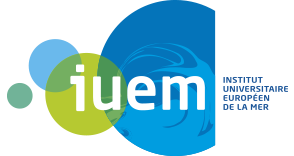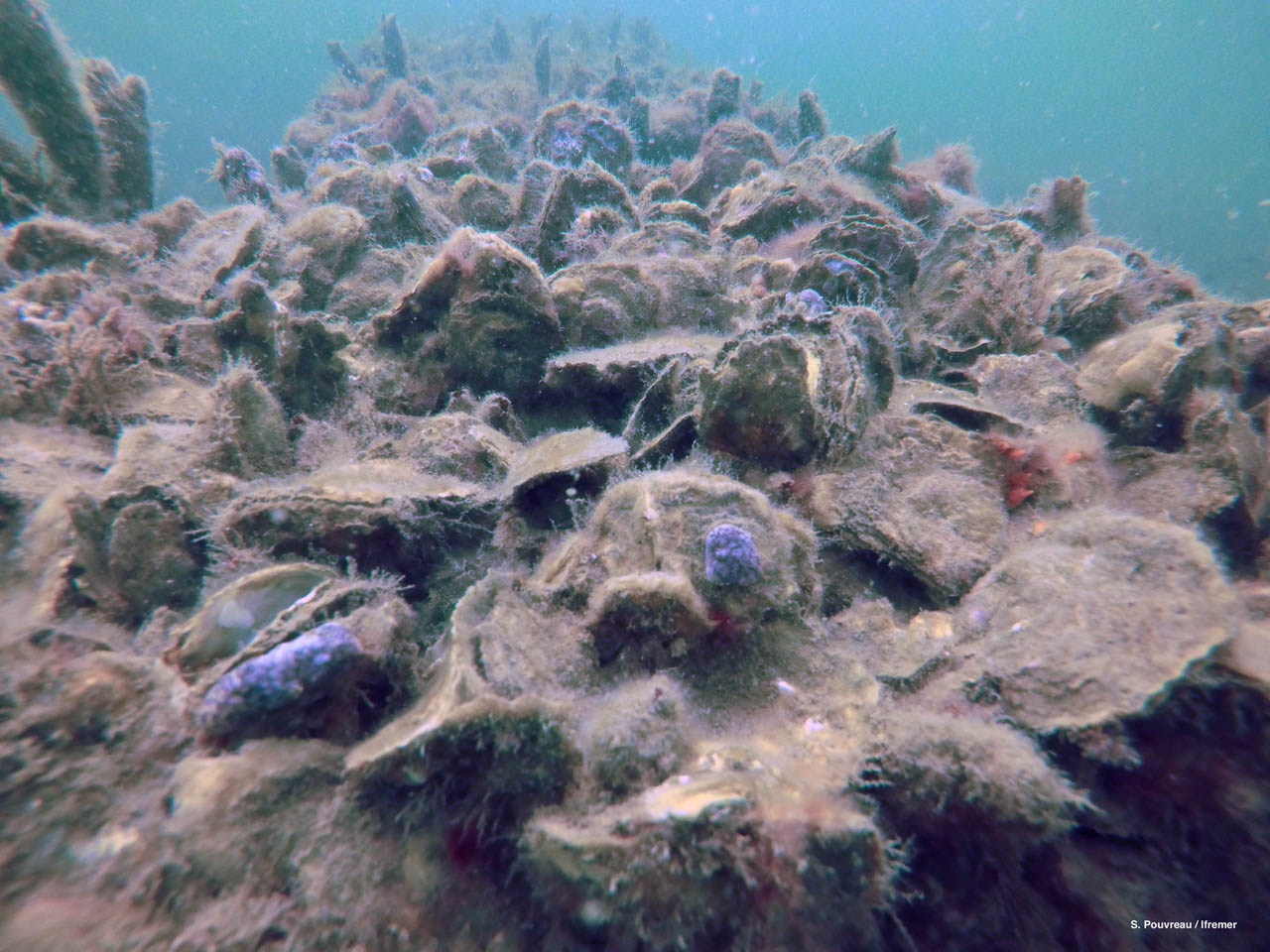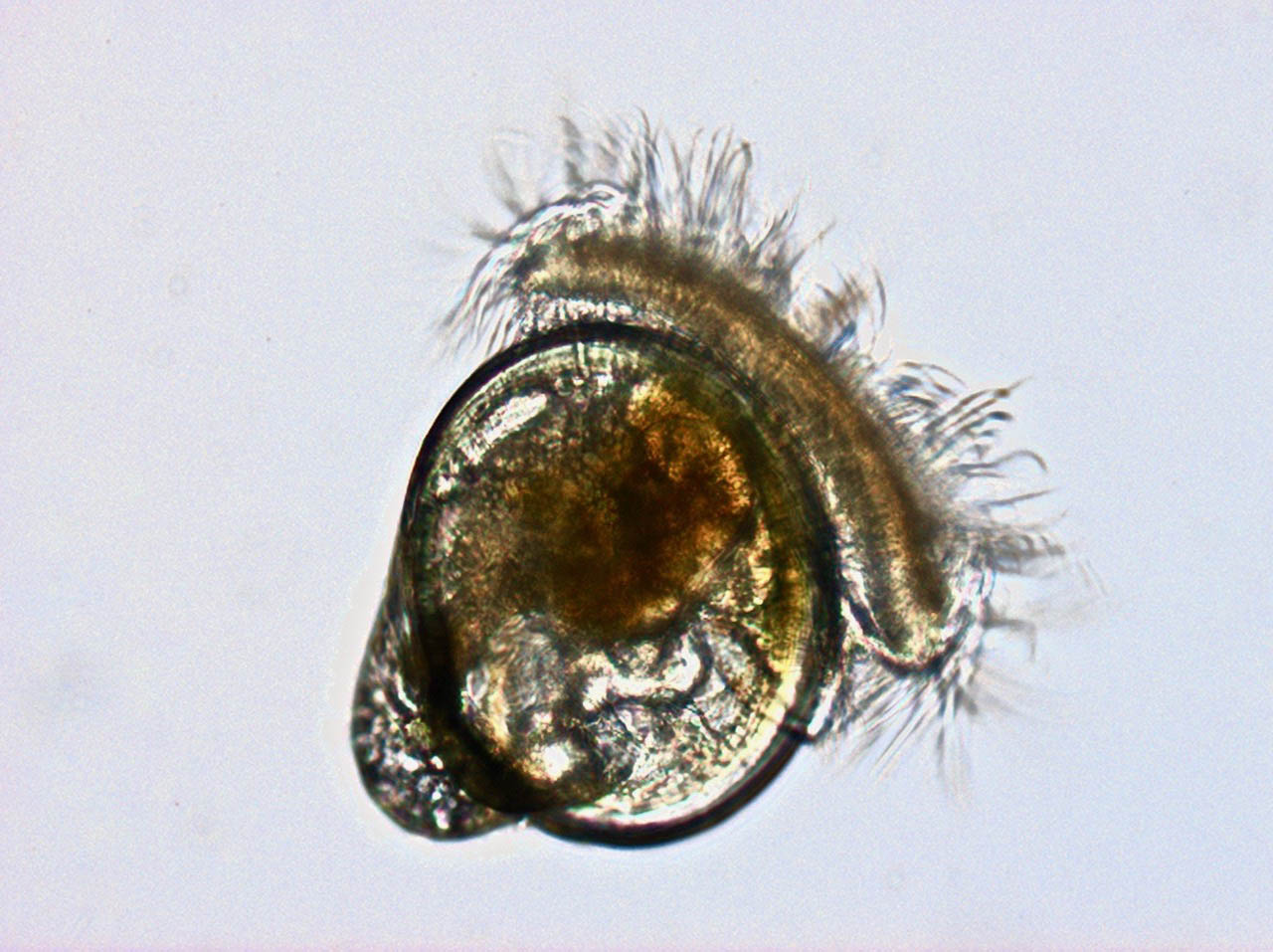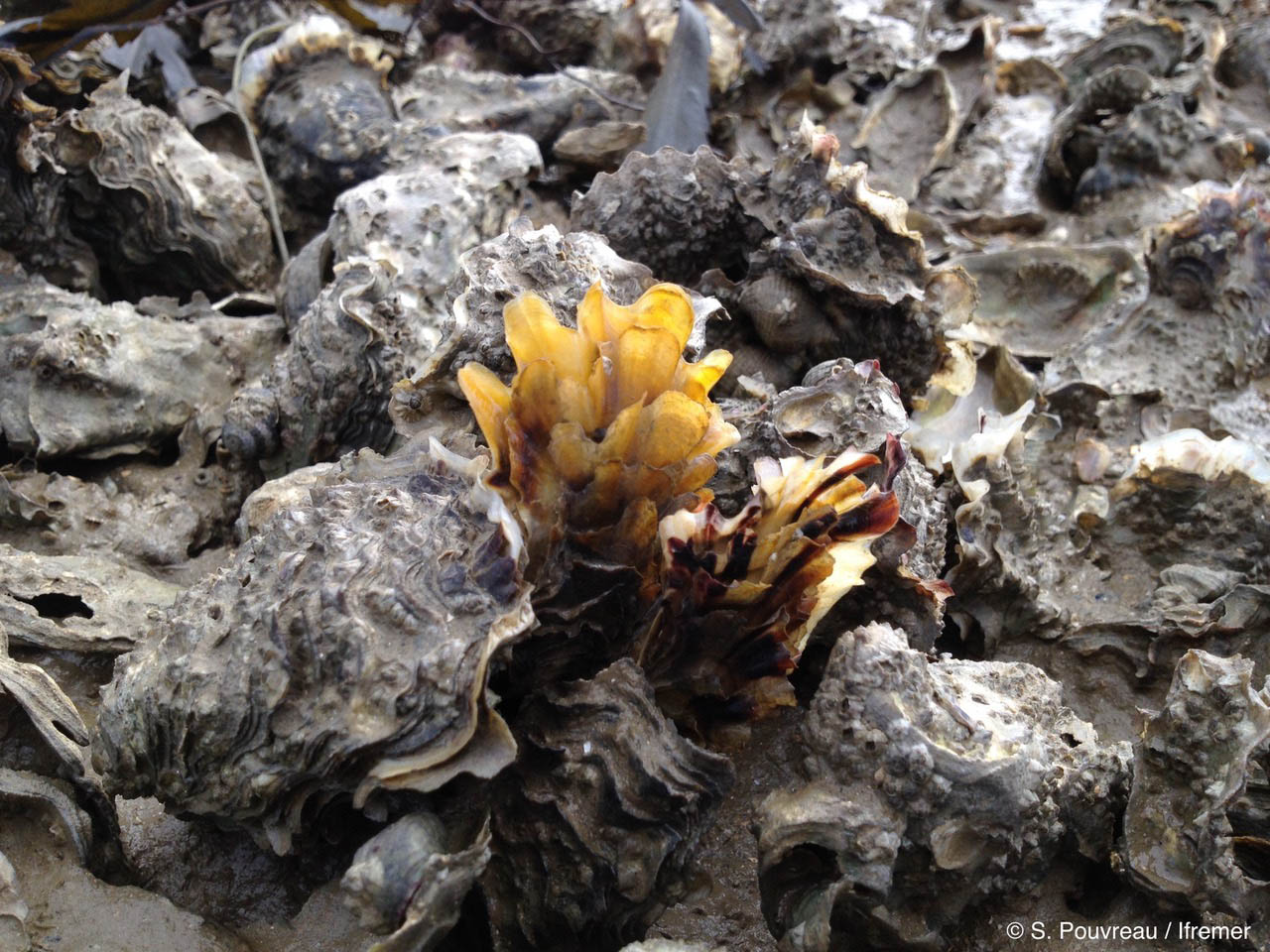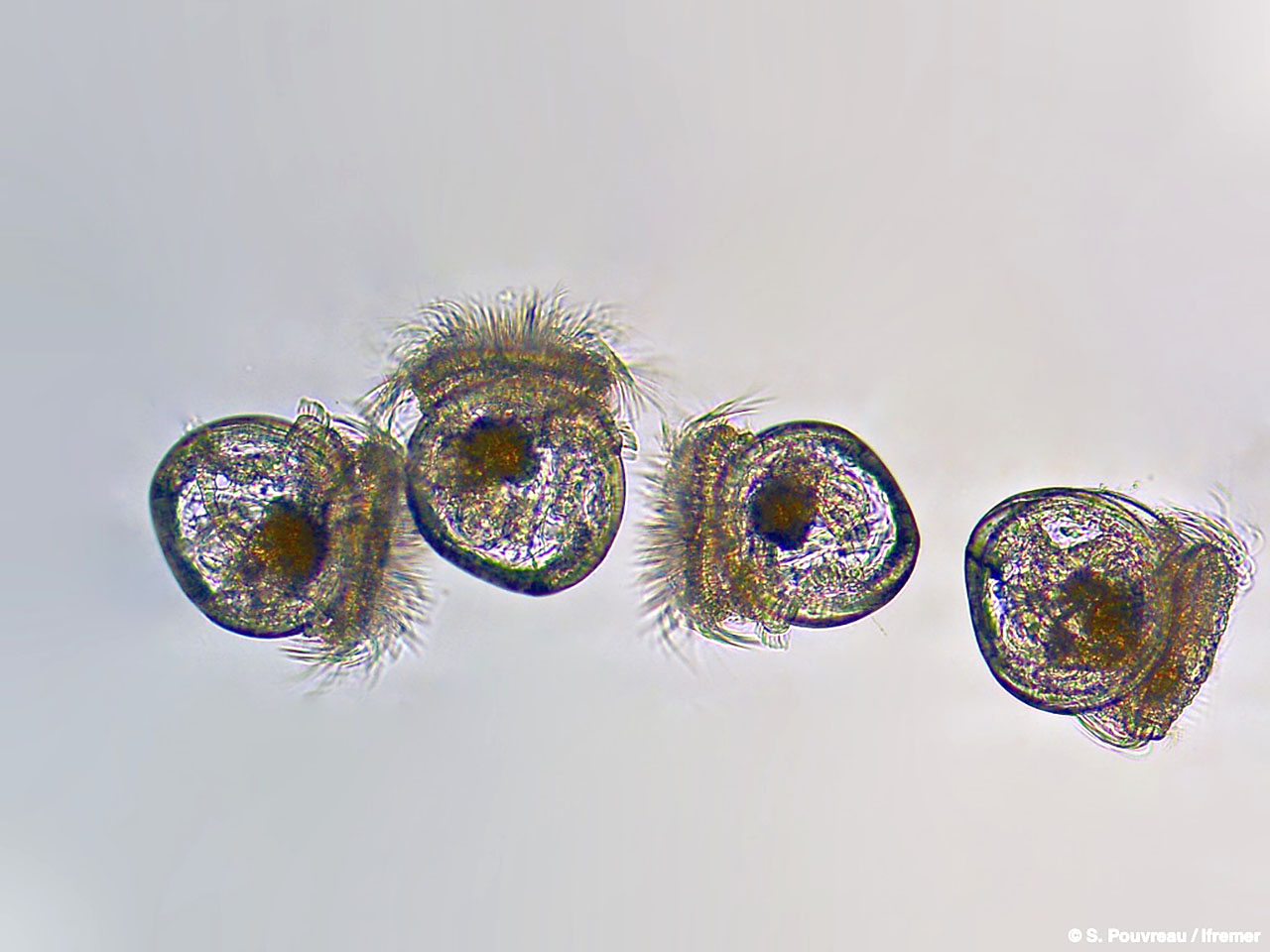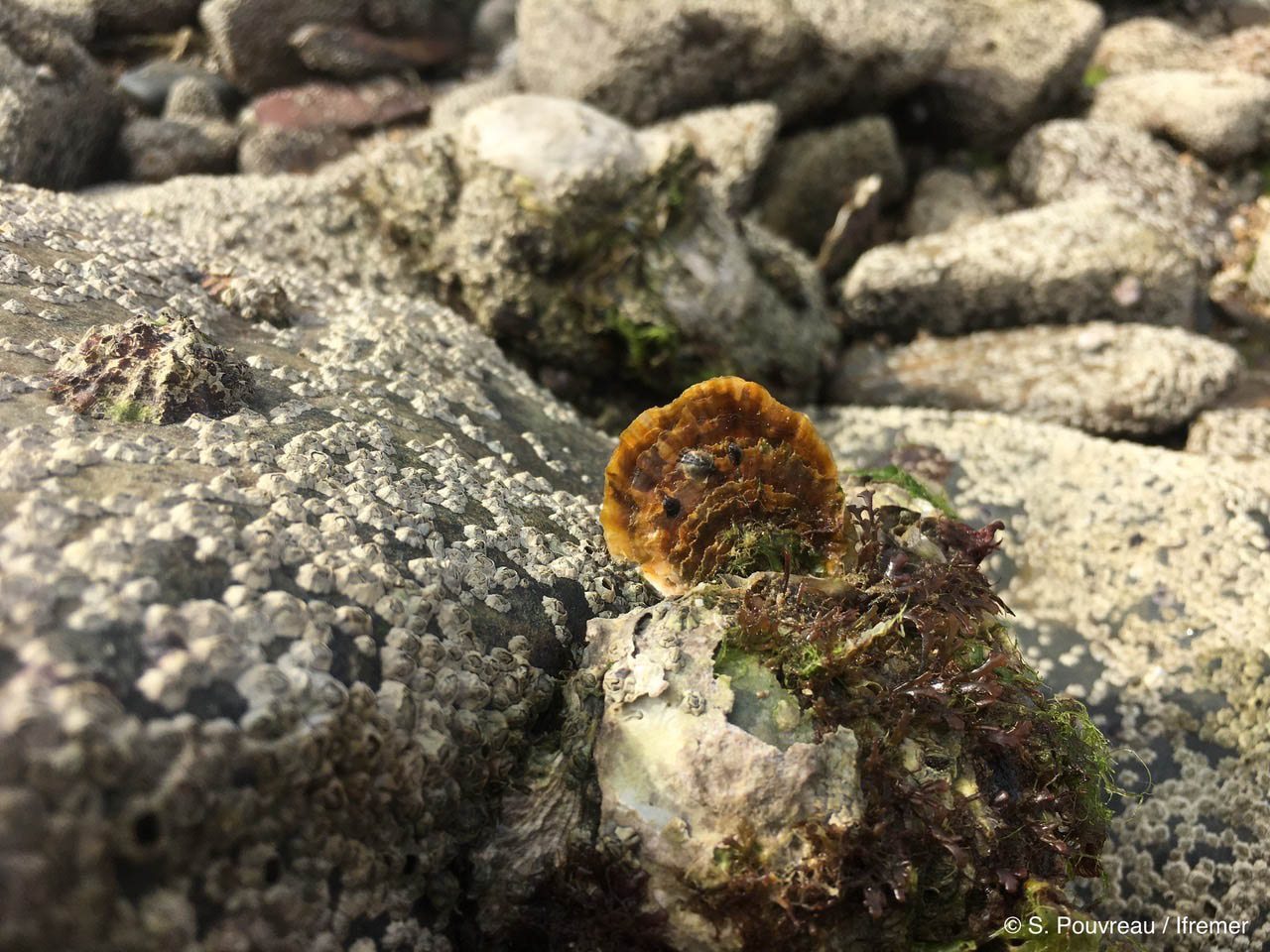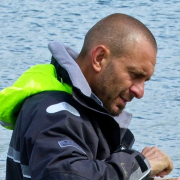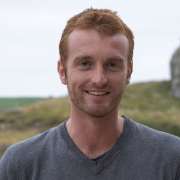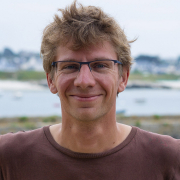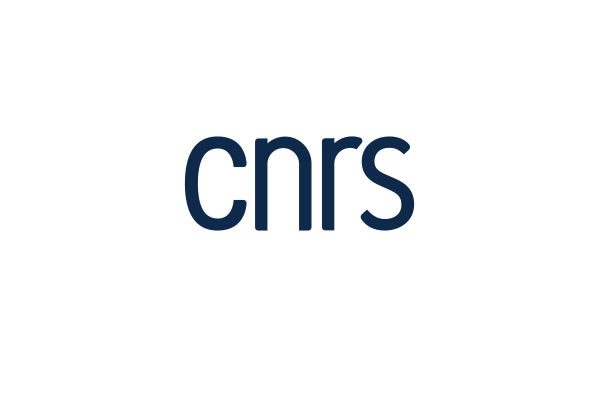Observation series
The hollow oyster (Crassostrea gigas) and the flat oyster (Ostrea edulis) are both engineering species that have the capacity to create real habitats (intertidal or subtidal) and thus enrich the biodiversity of the marine environment. However, while the hollow oyster has proliferated on our coasts since its introduction in the 1970s, the flat oyster is an endangered species, classified as a species to be protected under the European Convention on the Protection of the Marine Resources of the North-East Atlantic (OSPAR). Observing, in order to better understand in the context of climate change, the determinism of the recruitment of these two species with different reproduction methods therefore appears to be an issue on multiple levels: ecological, economic and heritage.
In this context, since 2008, two projects have been carried out in a complementary manner: the national VELYGER network focusing on the reproduction and recruitment of the flat oyster in France and the regional FOREVER project (following on from the PERLE project) focusing on the ecology of the restoration of the flat oyster in Bretagne. These two projects have the Brest harbour as a common workshop site and since 2010, several descriptors of the reproductive cycle of these two species are monitored there each year and made available to the IUEM observation services.
Partners
The acquisition of data to feed these biological series is based on very regular sea trips during the breeding season (on average 30 trips from June to September). These operations are financed over the long term through various research projects funded by the Directorate of Maritime Fisheries and Aquaculture (DPMA), by obtaining aid from the European Maritime Affairs and Fisheries Fund (FEAMP) and a recurrent contribution from the national observation institute IUEM and an agreement with the OFB. The acquisition of this data is made possible by close collaboration with a research office with expertise in the recognition of bivalve larvae (Cochet-environnement) as well as the assistance of professional oyster farmers in the Brest harbour (Coic Coquillages establishment).
The site
The time series presented here retrace, over several years, the evolution of larval abundance and recruitment intensity in a sector of the harbour that is very favourable to both species: the bay and river of Daoulas.
For the flat oyster (REEFOREST-FOREVER Series), the study site is the Roz bank (-4.3357 / 48.3184333), for the hollow oyster (VELYGER Series), the study site is the Mengleuz cove (4.294444 / 48.343056)
Monitoring
Each year, since 2008 for the hollow oyster and since 2012 for the flat oyster, this observatory-network scans the main spawning date, the larval abundance and the recruitment index for each of the two species. In parallel, hydroclimatic descriptors of the environment are also centralised or acquired (weather patterns, regional meteorology, local hydrology). These unique time series are used for several thesis and/or post-doc projects and allow a better understanding of the mechanisms controlling the recruitment and dynamics of these two emblematic species. The methodologies are available in the VELYGER and FOREVER reports (see below).
